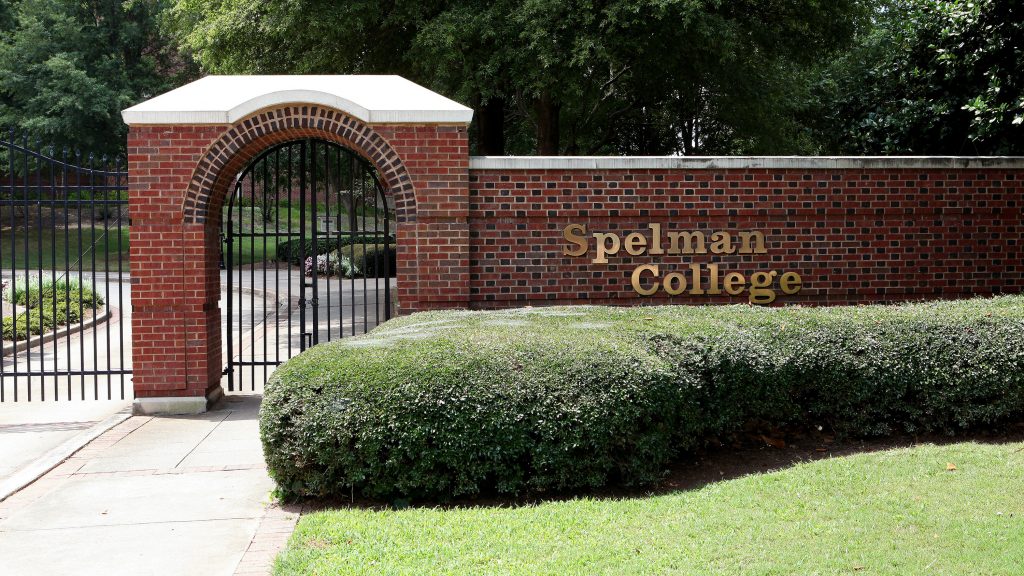
spellman
Colleges Giving Tuition Discounts
Tuition discounts range up to 100% at some colleges for the 2021-2022 academic year due to the coronavirus pandemic.
Some colleges and universities are offering tuition discounts ranging up to 100% for the 2021-2022 academic year because of the coronavirus pandemic. These efforts go beyond freezing tuition or temporarily suspending certain fees for students and their families as the country struggles to recover economically.
But the number of colleges offering a discount has lessened significantly compared to the year prior, as many campuses recently reopened for in-person learning.
For instance, American University in Washington, D.C., chose not to extend the 10% tuition discount offered to students in early 2021.
The move to remote instruction in early 2020 ignited questions from families and students about the value of online education versus in-person learning, with some creating petitions calling for tuition discounts for the duration of online instruction. But most colleges chose not to offer a tuition discount, citing significant budget shortfalls and arguing that virtual instruction is up to academic standards and, in some cases, more costly than in-person instruction.
Some discounts apply to all undergraduates while others are for a specific group of students, so students should contact their respective college to learn if they qualify. Here, the phrase “tuition discount” describes any tuition discount, reduction or cut that is attributed to the financial burden families face in the wake of the coronavirus pandemic.
These are some of the colleges that have announced tuition discounts for undergraduates during the 2021-2022 academic year:
- Diné College in Arizona, 50% to 100%
- Fairleigh Dickinson University in New Jersey, 22% to 25%
- Gordon College in Massachusetts, 33%
- Hendrix College in Arkansas, 32%
- Rider University in New Jersey, 22%
- Spelman College in Georgia, 14%
- Wilberforce University in Ohio, 15%
The duration of these offers, and details on what is discounted and for which students, vary across institutions. Students should check with specific colleges for more information, as some discounts apply for the whole academic year while others are for only a semester.
“A discount in the most classical sense is cutting the price for a particular set of students, like athletes and first-generation students, populations schools are trying to attract,” says Ken Redd, senior director of research and policy analysis at the National Association of College and University Business Officers.
These COVID-19 measures may be thought of as discounts, but Redd says that “when everybody gets the discount, it’s really more of a price cut or price reduction.”
Wilberforce is an example of an institution offering a tuition discount that isn’t across the board, meaning only some students will receive the aid to cut costs. In this case, the discount is only for newly enrolled students who are Ohio residents.
Other colleges, like Diné, are going a step further by offering free tuition this current spring semester to returning full-time students in good standing, meaning those upholding a 2.0 GPA or higher. First-time students enrolled full-time last fall were eligible for a 50% discount.
“The tuition grant was a strategy to assist students with their challenges and barriers,” Geraldine Garrity, provost of academic affairs at Diné, wrote in an email. “Our students were using their limited money to help family members, transportation costs, groceries so the tuition grants were a way to alleviate, however small, some of the challenges facing our students.”
Tuition discounts at private colleges were already on the rise before the pandemic hit. According to the annual NACUBO Tuition Discounting Study, the 2019-2020 tuition discount rate was about 53% for first-time, full-time, first-year students and about 48% for all undergraduates, both record highs.
“Between the tuition discounts and broad-based price reductions,” Redd says, “we expect to see a substantial increase in the use of grant aid to support undergraduate students.”
Rider University, for example, was considering a tuition discount as part of its Lifting Barriers initiative for years – a strategy designed to reduce college cost barriers – and the pandemic “reinforced the need for it,” says Drew Aromando, the school’s vice president of enrollment management.
“It was not the only reason that we were doing it,” he adds. “Really the focus of (the initiative) was to address what we saw as the main obstacles: people’s perception that education was too expensive.”







